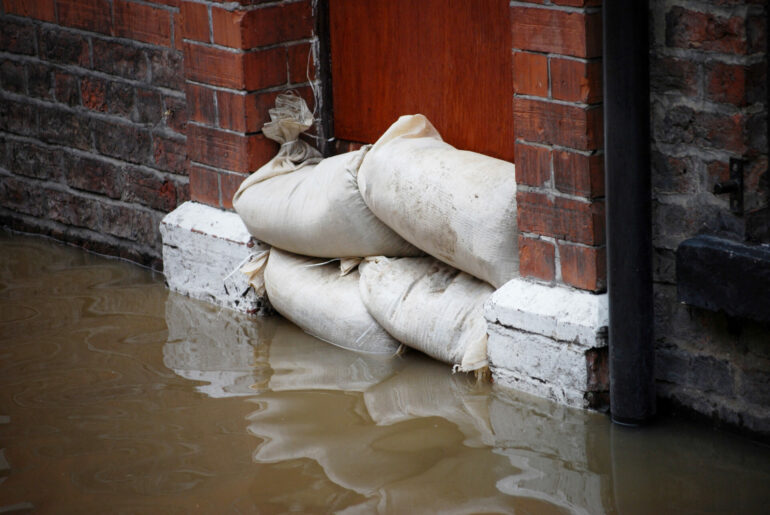A significant portion of Hargreaves Lansdown’s clientele acknowledges the urgency of climate change, with 67% viewing it as very or extremely important. This comes at a time when the Environment Agency’s latest assessment warns that one in four UK homes could be at risk of flooding by 2050.
Globally, the financial toll of natural disasters is escalating, with insurance losses expected to surpass $135 billion in 2023, largely due to two catastrophic hurricanes in the US and unprecedented floods in Europe.
Tara Irwin, senior ESG analyst at Hargreaves Lansdown, commented on the situation: “The Environment Agency’s National Flood and Coastal Erosion Risk Assessment released today paints a stark picture: the impact of climate change is accelerating, with severe consequences for economies, communities, and industries worldwide.
“Insurance losses from natural catastrophes are set to exceed $135bn this year, driven by two devastating hurricanes in the US and intense flooding across Europe. These events have hit home for consumers too, with insurance premiums skyrocketing. In Florida, the average cost of home insurance now exceeds $11,000 per year, while European flood events caused approximately $10bn in insured losses—the second-highest ever recorded for the region.
“For the third consecutive year, AXA has ranked climate change as the greatest risk to the global insurance industry, surpassing geopolitical instability and even cyber threats. This underscores the increasing strain on insurers balancing the affordability and quality of coverage as natural disasters grow in frequency and severity.
“For investors, the stakes are equally high. Climate risks can ripple across industries, disrupt supply chains, and devalue assets, posing long-term threats to portfolio performance. Now more than ever, integrating climate risk into investment strategies is critical—not just to safeguard returns, but to drive capital towards the solutions needed to build resilience and mitigate future risks. Investors should consider how companies are managing their climate risks and building resilience into their supply chains, transport routes, and operational hubs.”



